Pickling cucumbers is a timeless tradition that enhances their flavor, texture, and shelf life. Whether you enjoy them as a crisp side dish, a tangy topping for burgers, or a zesty addition to salads, pickled cucumbers offer a delightful burst of acidity and crunch. However, once you’ve meticulously crafted your batch of pickled cucumbers, the question arises: how do you properly preserve them to ensure they retain their quality and taste for as long as possible? This comprehensive guide will walk you through the various methods and considerations for preserving pickled cucumbers, ensuring you can enjoy their tangy goodness whenever you please.
Understanding Pickling and Preservation Basics
Before diving into preservation techniques, it’s crucial to understand the fundamental principles behind pickling and food preservation. Pickling involves submerging food in a brine solution, often containing vinegar, salt, and spices, to create an acidic environment that inhibits the growth of harmful bacteria. This preservation method not only enhances flavor but also acts as a natural preservative, extending the shelf life of the food.
Proper preservation of pickled cucumbers hinges on maintaining an optimal acidic environment, sealing the containers effectively, and storing them in conditions that prevent contamination and spoilage.
Choosing the Right Container
The first step in preserving pickled cucumbers is selecting the appropriate container. Glass jars are the gold standard due to their durability, non-reactive nature, and transparency, which allows for easy monitoring of the pickles. Ensure the jars have tight-fitting lids that create an airtight seal to prevent oxygen exposure and contamination.

When choosing jars, consider their size based on your needs. Smaller jars are ideal for immediate consumption, while larger ones are suitable for long-term storage. Always inspect jars for cracks, chips, or other defects that could compromise their sealing ability.
Preparing the Containers
Before filling the jars with pickled cucumbers, ensure they are thoroughly cleaned and sanitized. This can be done by washing them in hot, soapy water, rinsing them well, and then immersing them in a bleach solution (one tablespoon of bleach per gallon of water) for a few minutes. Rinse the jars thoroughly with clean water to remove any bleach residue.
Packing the Pickles
When packing the pickled cucumbers into jars, arrange them tightly but not overly compressed, as this can crush them and affect their texture. Use a clean, non-reactive utensil to pack the cucumbers, and ensure they are fully submerged in the brine. This is crucial because any part of the cucumber exposed to air can become moldy.
Ensuring Adequate Brine Coverage
The brine is the lifeblood of pickled cucumbers, providing the acidic environment necessary for preservation. If you’re using a recipe, follow it closely to ensure the correct balance of vinegar, water, salt, and spices. Once the cucumbers are packed, pour the brine over them, ensuring they are completely covered. If necessary, use a weight, like a small glass jar filled with water, to keep the cucumbers submerged.
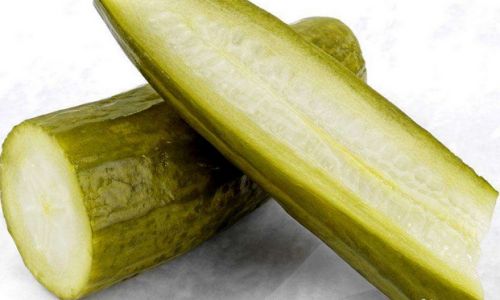
Sealing and Processing
After packing and covering the cucumbers with brine, securely close the jar lids. For long-term preservation, especially if you intend to store the pickles for more than a few weeks, consider using a water-bath canning method. This involves submerging the sealed jars in boiling water for a specified amount of time, typically between 10 and 15 minutes, depending on jar size and altitude. This process creates a vacuum seal and further sterilizes the contents, extending their shelf life.
Storage Conditions
Properly sealed and processed jars of pickled cucumbers should be stored in a cool, dark place, such as a pantry or basement. Avoid direct sunlight and extreme temperatures, which can degrade the quality of the pickles over time.
Monitoring and Troubleshooting
Periodically check your stored pickled cucumbers for signs of spoilage. If you notice any mold, bulging lids, or off odors, discard the jar immediately. Remember, mold on pickles is not always visible; if in doubt, err on the side of caution and dispose of the jar.
Long-Term Storage Alternatives
For those who prefer not to use the water-bath canning method or who lack the necessary equipment, refrigerating pickled cucumbers is a viable alternative. While this won’t provide the same extended shelf life as canned pickles, it will keep them fresh for several months. Simply store the sealed jars in the refrigerator and consume within a few months for best quality.
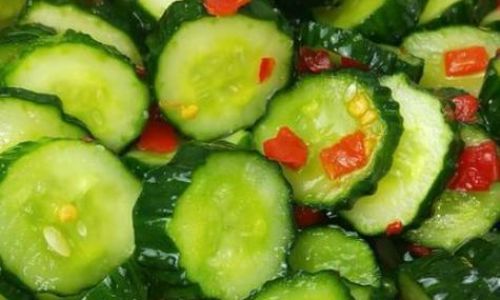
Conclusion
Preserving pickled cucumbers is a rewarding endeavor that allows you to enjoy the tangy, crunchy delights year-round. By following the steps outlined in this guide—choosing the right container, preparing it properly, packing the pickles, ensuring adequate brine coverage, sealing and processing (if necessary), and storing them in optimal conditions—you can ensure your pickled cucumbers retain their flavor, texture, and safety for months or even years. With a bit of care and attention, you’ll have a steady supply of delicious, homemade pickles ready to enhance any meal.
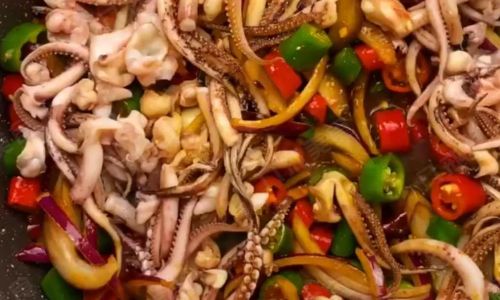

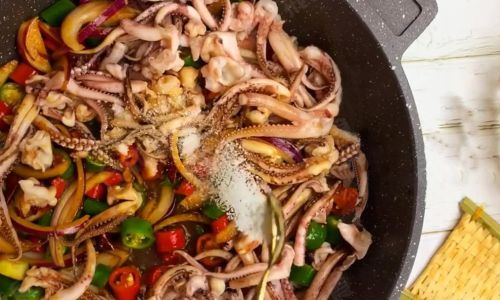

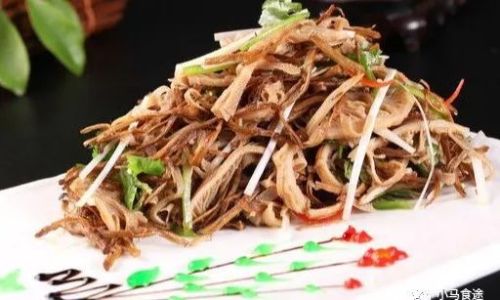
0 comments